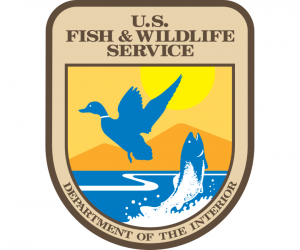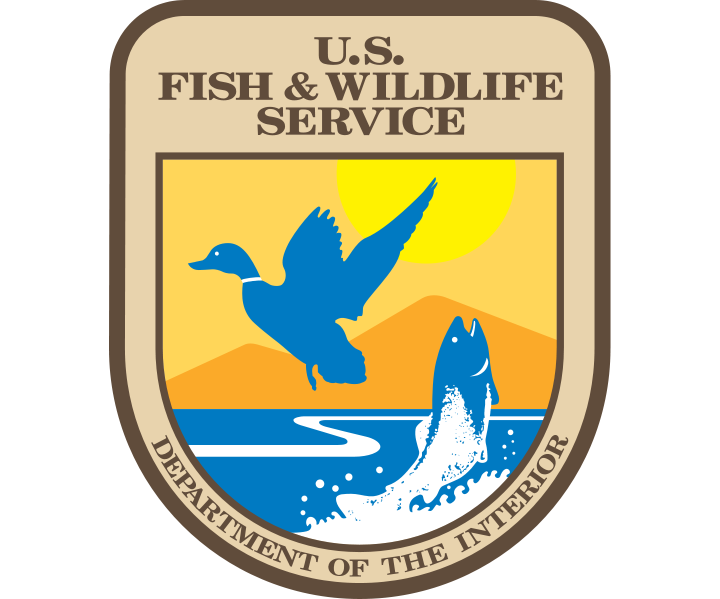
Protect The Wolves says no Livestock Grazing is required to achieve a healthy outcome! Livestock does not belong on our Federal, or Forest Service Lands! Livestock do nothing more than Deny food from our Elk, Deer, Sheep to name a Few! Not tp mention CREATES Problems for Predators!
U.S. Fish and Wildlife Service says ” While we acknowledge that improperly managed livestock grazing can facilitate threats to upland and riparian areas, we have also seen that proper grazing can achieve healthy outcomes.”
The deteriorating health of western sagebrush landscapes has sparked an unprecedented and proactive partnership to conserve the uniquely American habitat that supports the greater sage grouse and 350 other species, outdoor recreation, ranching and other traditional land uses. Recently, some public opinion has suggested that livestock grazing may be incompatible with conserving the sagebrush ecosystem, specifically sage grouse habitat.
Your U.S. Fish & Wildlife Service Great Basin area State Directors are sharing our perspectives gained collectively through decades of both scientific study and on-the-ground learning from those who live on the land.
There are current and legacy examples of livestock grazing negatively affecting sagebrush ecosystems and sage grouse habitat. However, we are aware of many examples of ranchers grazing livestock in a manner that keeps the sagebrush ecosystem healthy for both wildlife and people.
This fact is important to recognize, learn from and share.
Livestock grazing may be the most widespread, long-term human influence on sagebrush ecosystems in the Great Basin since European settlement. But it is invasive plants, especially cheatgrass, which have changed how the sagebrush ecosystem responds to stress from wildfire and grazing.
Another threat is the degradation of riparian areas, wet meadows and springheads. Avoiding overgrazing – however that may be defined – is key to supporting a healthy sagebrush ecosystem, which includes abundant native bunchgrasses and forbs. These rangelands are less likely to host cheatgrass, have a higher resilience from disturbance such as fire and are less likely to be impacted by grazing.
For years the Service has collaborated with ranchers who have demonstrated an interest in and ability to graze livestock in a way that conserves sagebrush ecosystems and is consistent with objectives in the newly revised federal land management plans. Working cooperatively with the Bureau of Land Management, U.S. Forest Service, Natural Resources Conservation Service and state resource agencies, we are reaching out to ranchers more and asking them to teach us how their successful grazing management is promoting native plants, reducing cheatgrass, and ensuring healthy riparian areas and springs. This collaboration across federal, state and private land ownership is key to removing threats to sage grouse and sagebrush ecosystems.
The first step is to agree with ranchers on our goal – on what healthy landscapes look like.
Through time spent together on field trips, sharing photos, and through science-based discussions, we’re increasingly finding common goals. Ranchers have shown that monitoring, adaptive management and being accountable for outcomes are essential to their success, especially as factors such as precipitation and fire change over years.
Fires will burn again in the Great Basin, just as they have for millennia before livestock occurred here. The main factor that has changed in the last 150 years is the presence of cheatgrass and other invasive plants. If we focus grazing and other land uses in a manner that promotes healthy native bunchgrasses and forbs, future fires will be less likely to result in expanding cheatgrass dominance. Also, maintaining healthy riparian areas helps store more water, especially in drought years; people, livestock, and wildlife all benefit from that.
We support the rancher’s role as stewards of these rangelands and we want to help manage for the long-term sustainability of this ecosystem, especially as human populations put more demands on our natural resources. Careful, proactive, collaborative management will be the key to maintaining proper livestock grazing while protecting this arid and relatively fragile sagebrush landscape.
We think it can be done. There are public and private grazing lands throughout the Great Basin that prove our case
Source: Commentary: FWS working with ranchers to preserve range | Commentary & Blogs | elkodaily.com

Comments
i disagree…so the livestock grazes…there has always been the threat of predation…but here always has been coyotes bears and mountain lions too…